Driving in Italy as an American: full guide
Everything you need to know about driving in Italy as an American
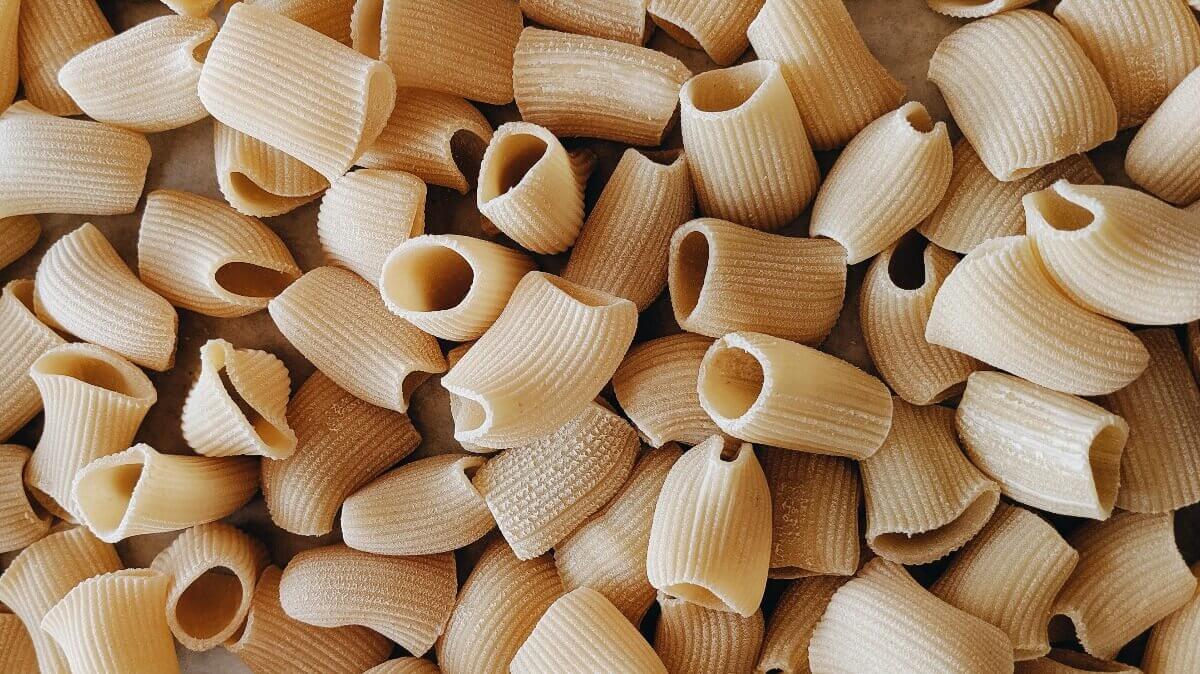
Italy is a culinary paradise. With fresh seasonal produce, regional pride in traditional dishes, and something to suit every palate, it’s a perfect place to visit if you’re interested in eating your way around a country. The only question really, is how long you can stay.
Use this guide as a starting point to learn more about eating in Italy, and to help you build a delicious itinerary.
| 📑 Table of Contents |
|---|
So you can make your money go further when you’re abroad, we’ll also introduce the Wise international account and card — the better way to pay when you travel. Save money on currency conversion, and manage your money on the go in euros and 50+ other currencies. Simple.
| ✅ | ❎ |
|---|---|
|
|
Let’s get right into the nitty gritty so you can start to get excited about eating in Italy.
Food is taken very seriously in Italy. While the pace of life in Italian cities can often be fairly frenetic, meal times are traditionally slower, with time to sit down and savor several courses with friends or family. Don’t expect to grab and go.
Lunch is usually a bigger meal for Italians, compared to dinner — although both can be filling and consist of a broad range of different dishes. Let’s start with a look at the different eating establishments you’ll come across in Italy — and their Italian names — so you can recognize them when you see them:
- Trattoria: typically an informal or family run restaurant, great place to get local dishes
- Ristorante: likely to be more formal, with reservations required in advance
- Osteria: traditional restaurant, more similar to a trattoria
- Enoteca: wine bar, but likely to also serve antipasti and snacks as accompaniments to drinks
A meal out in Italy could involve multiple courses — to avoid getting confused by Italian restaurant menus, check out this guide to the names of courses, and what you can expect:
Antipasto: appetisers, which could be on the large side, and typically involve breads, marinated or grilled vegetables, cheeses and cured meat options. Not sure what to get? Ask for antipasto misto — a mixed plate, which is usually on offer
Primo: first course — here you’re likely to see filling dishes like pasta, risotto, soups and gnocchi. It’s worth knowing that pasta dishes are likely to be listed by their local names, so you may need to ask for help in selecting if you don’t recognize them
Secondo: second course, which is usually a meat or fish dish — bear in mind that the first course may well have been on the hearty side when you’re deciding, and watch out for local options like fresh seafood at the coasts, and daily specials all over the country
Contorno: side dishes of salads, vegetables and carbohydrates like roast potatoes, often served alongside or just after the second course
Dolce/frutta: fruits, desserts and cheese, offered to close out the main part of a meal
Caffè: coffee is an art form in Italy, and while you can get one at any time of day, an espresso after a meal is the perfect pick-me-up
Digestivo: coffee not enough to get you moving after all that delicious food? Get into the Italian spirit with a digestivo — an alcoholic drink served after a meal to help digestion, often bitter or herbal
Even early risers are likely to choose a relatively small breakfast in Italy — although the one thing that nobody should forego is a coffee. Milky coffees like a cappuccino or a caffè latte are acceptable in the morning — they’re considered rather heavy to have after a meal, when espresso is favored.
For breakfast food, pastry is the most common option — although hotels may well serve American style buffets, and brunch is often available on weekend mornings, at least in the cities.
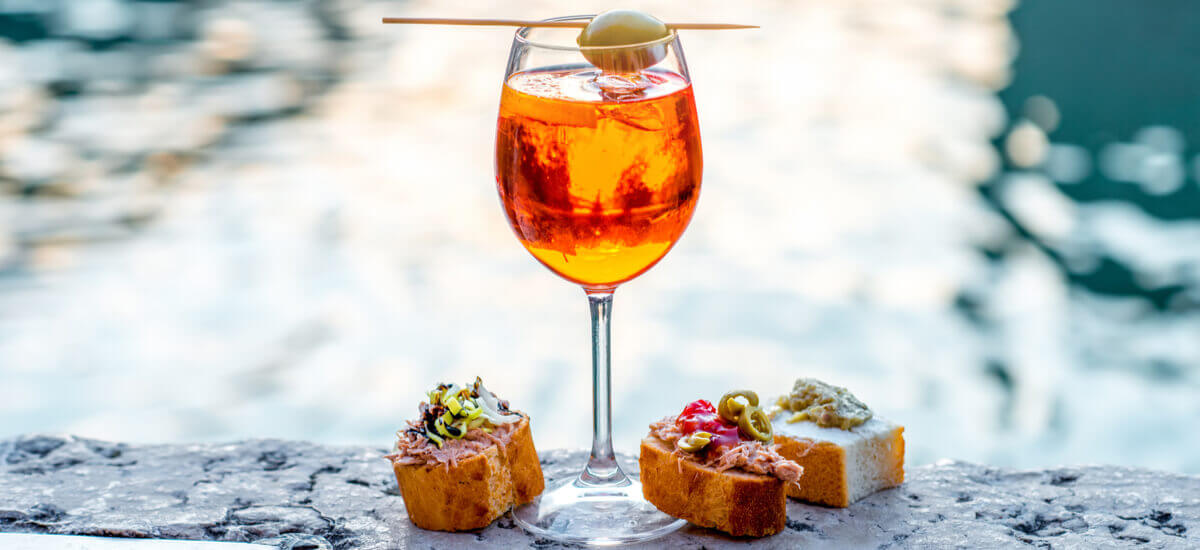
Aperitivo means a drink and snack, usually served starting from the early evening before dinner time. And as Italians tend to dine on the later side, this feast can go on until main meals start to flow, around 8pm or later.
Aperitivi may be served in a buffet form, where the price of your drink will get you access to snacks and antipasti. Go easy if you’re planning on eating a full meal after — or dive in for dinner on a shoestring.
This isn’t the place to settle the longstanding debate about what is — and isn’t authentic in Italian food. If you’re planning on a trip to Italy, you’ll certainly form your own opinions on that.
Some things to note, though, some of which we’ll cover a little later. Italian food is very varied from one region to another. Even if you think you know Italian food inside out, the chances are that a visit there will turn up new delicious dishes. It’s also highly seasonal — so get planning that next trip at a different time of year, so you can eat a whole different range of food!
An authentic — and traditional — experience of eating in Italy will be slow and paced, often with robust flavors which err on the side of simplicity. If that’s your thing, you’re going to have a good time, and possibly need some bigger pants.
Lunch — whether at home or in a restaurant — is likely to be eaten at around 12 noon to 1pm. Restaurants will often only open for a couple of hours around this time, with a break before the evening service.
Dinner is eaten late — although there’s always the aperitivi to keep you going — at 8pm or after. Simple restaurants may start to open their doors at 7pm or so, but do check before you head out to eat.
To make sure you get the most from your gastronomic tour of Italy, it’s worth doing some advance research into what will be seasonal, and what’s popular locally wherever you’re headed.
Use this guide as a starting point, ask friends, family and locals in your destination for advice — and join food tours if you’re pressed for time to make sure you get to try as much as possible. Let’s look at some of the must-eats from different regions of Italy.
| Rome |
|---|
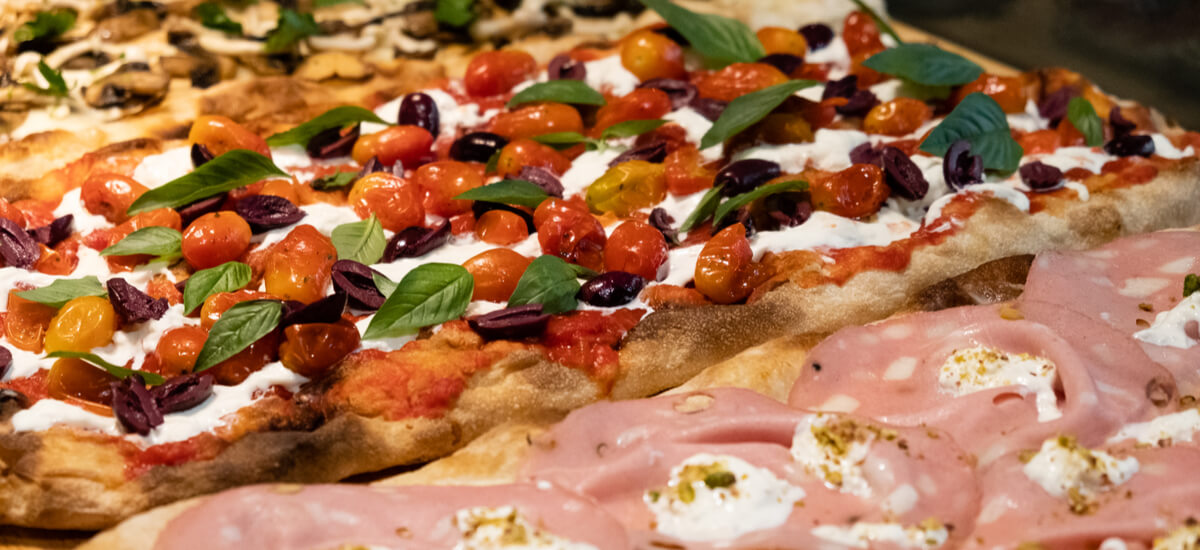
What better place to start than with pizza?
Roman pizza has a super thin, crispy base. You’ll find margherita everywhere — but don’t expect ham and pineapple, that’s really not a thing in Italy. Pizza is served whole in Pizzerias — usually only in the evenings to give time for the wood fired ovens to heat — or in slices from cafes and roadside stalls. Popular toppings in Rome and beyond include prosciutto ham, olives, salami or basil — simple flavors, and not typically smothered in cheese.
You’ll come across Penne all’Arrabbiata — pasta with a spicy tomato sauce — all over Italy, but it was born in Rome. If you’re a pasta fan, also look out for Tonnarelli Cacio e Pepe — local pasta served with cheese and black pepper.
| Florence |
|---|
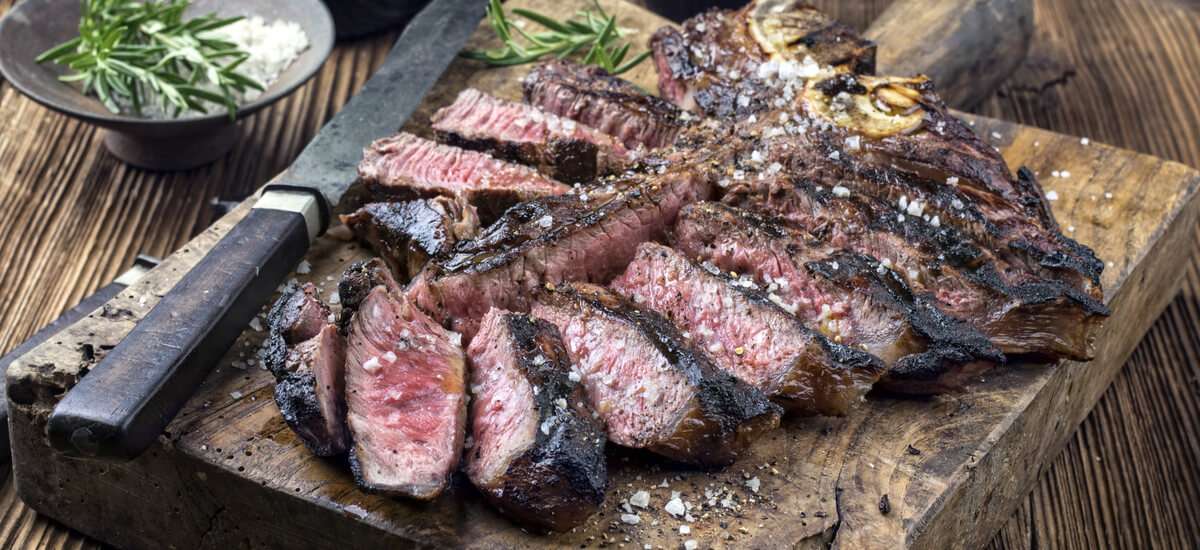
Moving on to Tuscany now, for some more regional delights. Panzanella — stale bread salad — is a speciality in the region. It may not sound all that, but once you incorporate fresh ripe tomatoes and salad veggies — and dress in a zingy traditional vinaigrette, you’ll love it.
Consider following this up with Bistecca alla Fiorentina — Florentine steak. This dish is priced by the weight, and meant to share — with the giant T-bones weighing upwards of 2 pounds each.
| Naples |
|---|
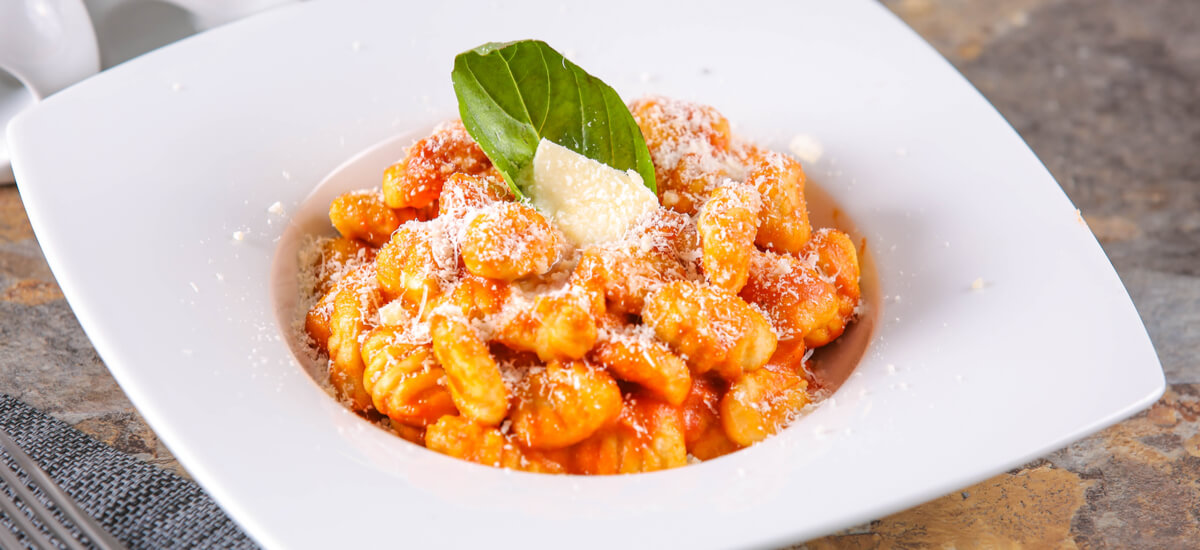
Visiting Naples? Here’s what to eat.
From just down the Neapolitan coast, in Sorrento, try Gnocchi alla Sorrentina — baked gnocchi with tomatoes, basil and mozzarella — for some classic Italian flavors. You’ll also want to try Sfogliatelle pastries and onion based Pasta alla Genovese — a speciality of Naples despite the name being linked to Genoa.
Still hungry for pizza? Neapolitan pizza has a thicker, chewier crust compared to the Roman pizza style. If you’re not sure which you prefer, it’s essential to try both.
| Sicily |
|---|
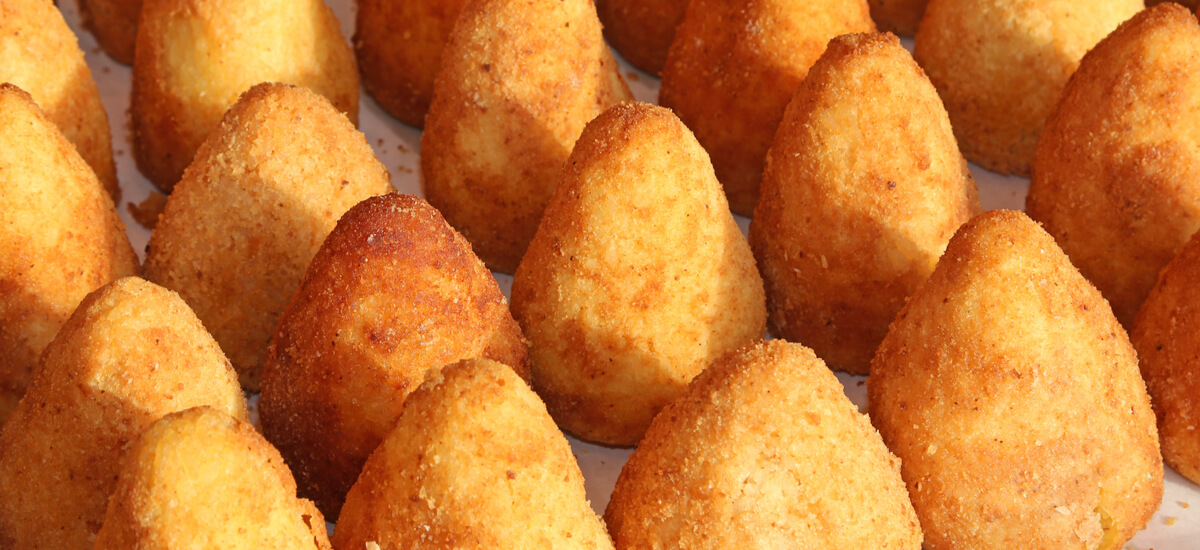
One famous food from Sicily which can often be found elsewhere in the world is arancini — stuffed and fried balls of rice, with a variety of fillings. Try them in their home for a fresh experience.
Popular throughout Sicily and other parts of southern Italy, try Parmigiana di Melanzane for layered eggplant with cheese and tomatoes, baked to perfection and often served as an appetiser. You’ll also find wonderful fresh produce, meat and fish in Sicily, for simple grilled dishes including sardines. Trattorias in Sicily may also serve horse and donkey meat, so translate menus if you’re looking for something more familiar.
If you’re in Palermo you’ll want to try street food Pane con Panelle — fritters in bread, made with garbanzo beans. And no matter where in Sicily you are, don’t miss finishing out a meal with Cannoli Siciliani — fried pastry tubes stuffed with a ricotta filling. Classic.
| Venice |
|---|
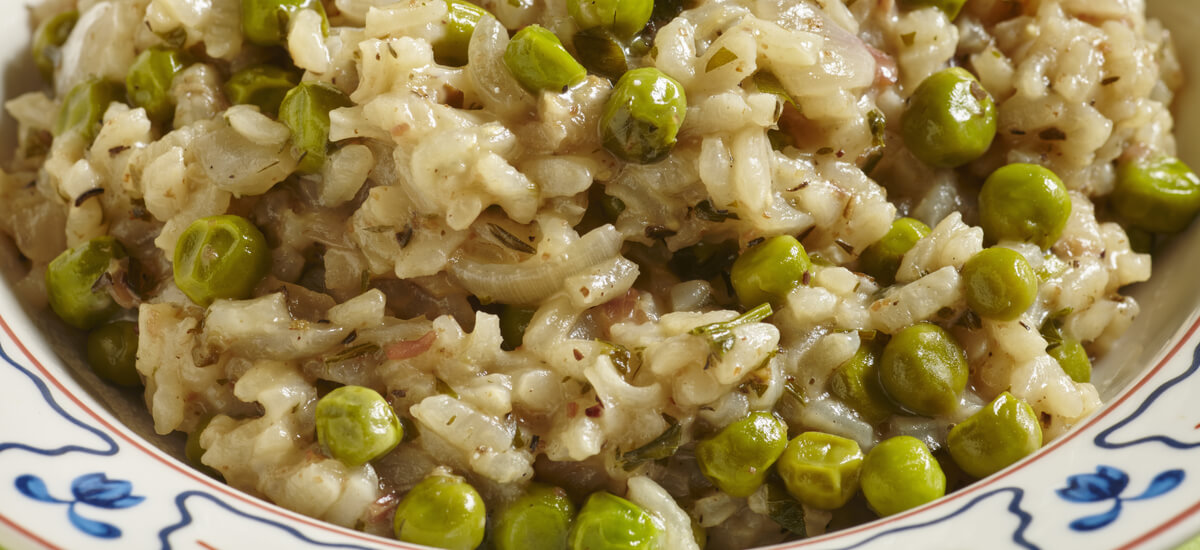
It’s no surprise that our final stop — Venice — has some famous dishes of its own. As an antipasto, look for Baccala mantecato — a creamed cod mousse served with bread or polenta, or various sardine dishes popular throughout the region.
You’ll also come across Risi e Bisi — a sort of rice and pea dish made with fresh local peas in the springtime, and squid ink risotto. And if you’re there at the right time of year, grab Fritole — sweet fried pastries, served during Lent.
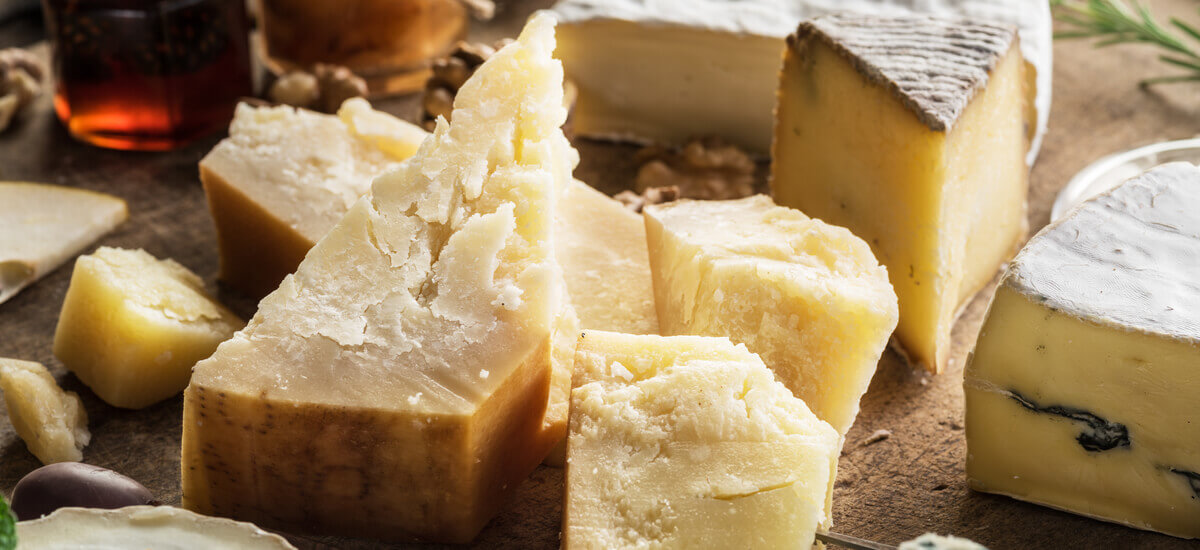
Each region of Italy will have a range of local specialty cheeses — so you’ll have plenty to pick from. Look out for produce markets where you can grab fresh bread, cheese and meat to eat in the countryside — simple, perfect, and simply perfect.
Here are some of the most well known Italian cheeses you’ll want to try while you’re there:
|
|---|

Wine is served with many meals in Italy — and Italians are rightly proud of the different local wines available. Italy is the world’s largest producer of wine, with grapes being grown all over the country — and a history of viticulture which predates the Roman empire. Impressive.
Wine in Italy has a complex, structured classification system — often called appellations — which helps people see the provenance of a bottle, including where it was made, what wine growing practices the maker followed, and even how long it has matured. Wines marked DOC (Denominazione di Origine Controllata) or DOCG (Denominazione di Origine Controllata e Garantita)
If you’re interested to learn more it’s worth visiting vineyards, talking to growers, joining wine tours, and reading further on the topic to be sure you’re getting the very best when you’re in Italy. For the rest of us, house reds and whites are usually perfectly palatable — and often cheaper than many alternative drinks.
You can also look out for some of these famous Italian wines:
|
|---|
As with anywhere in the world, the costs of eating out in Italy can vary widely. Overall your budget can change depending on the type of place you choose to eat at, and where in the country you are.
Cheaper options — like making the most of aperitivi — can appeal to people looking to make their money go further. Or you could choose to hit some high end venues in a bigger city if you’re looking for luxury. The food will be pretty top notch — no matter what you decide.
To help you build a picture let’s look at dining costs in some popular cities in Italy — the bill in a rural trattoria is likely to be significantly lower:
| City | Cost of a 3 course meal for 2, mid-range |
|---|---|
| Rome¹ | 60 EUR |
| Florence² | 60 EUR |
| Naples³ | 50 EUR |
| Palermo⁴ | 40 EUR |
| Venice⁵ | 77.50 EUR |
Note: costs taken from numbeo.com, and correct at time of research — 19 October 2021
| Not so familiar with EUR yet? Check the handy calculator below to see how much this would be in USD |
|---|
Hungry? You’ll need euros to pay for all this deliciousness.
Make your money go further when you travel with the Wise international account and card. You can open a Wise Multi-currency Account for free online, and get a linked debit card to pay and make ATM withdrawals all over the world.
Simply top up in dollars, switch to euros — or one of 50+ other currencies — using the mid-market exchange rate, and then it’s free to spend any currency you hold in your account. No foreign transaction fees, no exchange rate markups, and no sneaky hidden costs. Just a low, transparent charge which is shown to you upfront.
|
|---|
Eating in Italy is a sublime experience. If you’re planning a trip around the country, you’re in for a treat. Use this guide to build a picture of where to go and what to sample, and don’t forget to get your Wise international account and card to save on currency costs in Italy and beyond.
Sources:
Sources checked on 10.26.2021
*Please see terms of use and product availability for your region or visit Wise fees and pricing for the most up to date pricing and fee information.
This publication is provided for general information purposes and does not constitute legal, tax or other professional advice from Wise Payments Limited or its subsidiaries and its affiliates, and it is not intended as a substitute for obtaining advice from a financial advisor or any other professional.
We make no representations, warranties or guarantees, whether expressed or implied, that the content in the publication is accurate, complete or up to date.
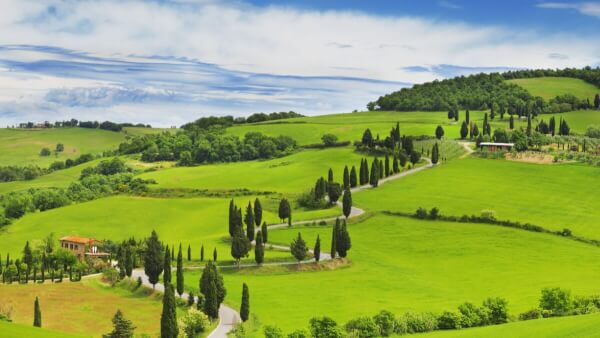
Everything you need to know about driving in Italy as an American

Everything you need to know about wine tasting in Tuscan wineries.

In this article, find your Italy packing list essentials. Discover must-haves for a seamless journey to make the most of your trip.

We cover all you wanted to know about electricity and power adapters for Italy. You'll also learn about plugs and power converters. Read on.
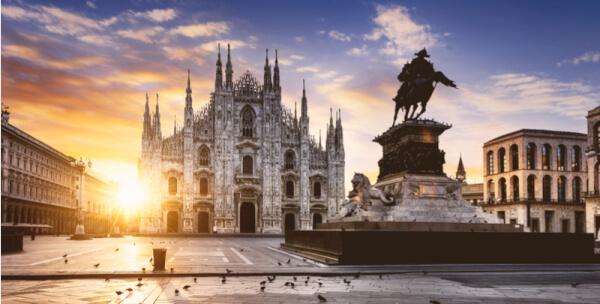
While credit cards are becoming more widely accepted, Italy works mostly on cash. Many taxi drivers, tour guides and other service providers won’t accept...

There’s so much to see and buy in Rome. Fendi, Bottega, Veneta and Prada, among other local brands. There’s also culture to consume and architectural beauty...